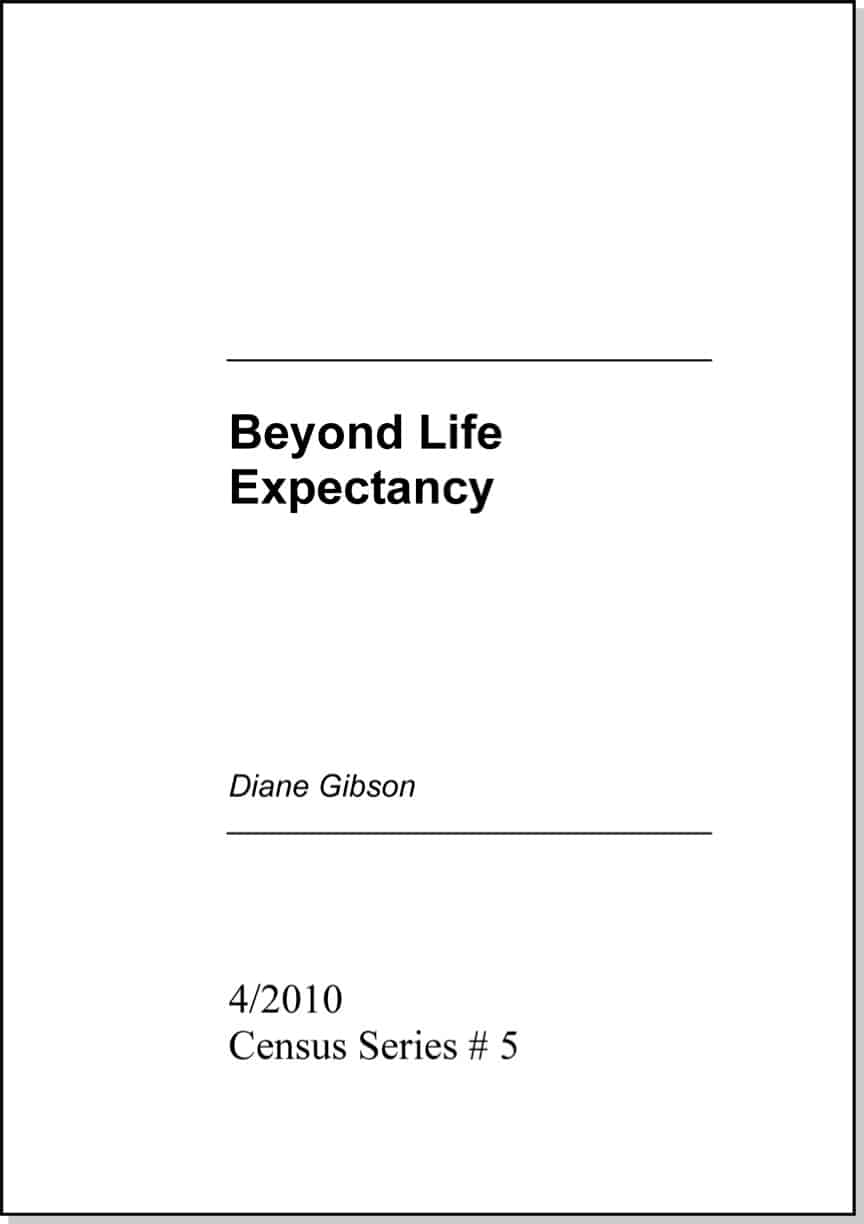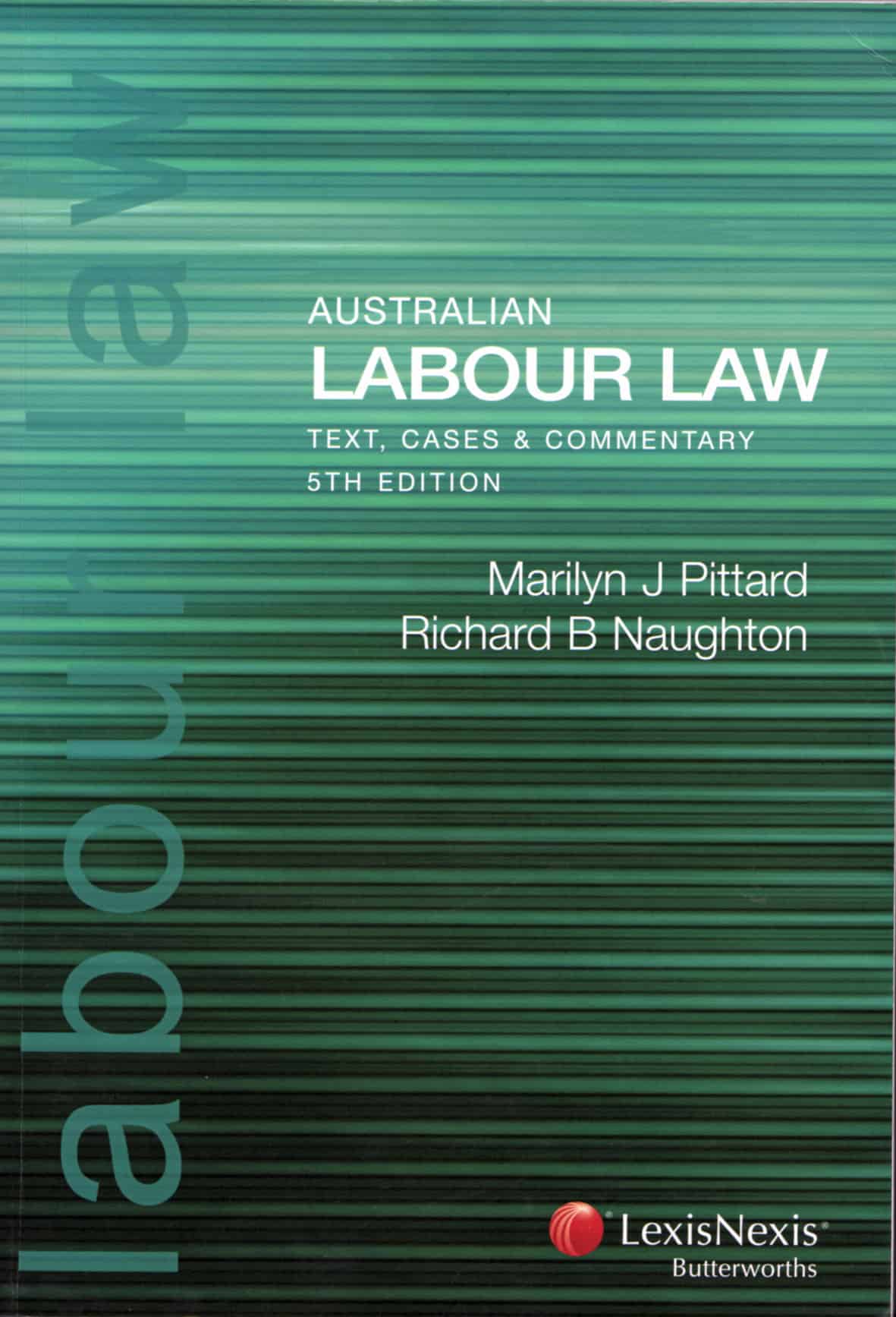 A new survey on CEO attitudes to safety has been released by Peter Wagner & Associates entitled “Safety – A Wicked Problem, Leading CEOs discuss their views on OHS transformation“.
A new survey on CEO attitudes to safety has been released by Peter Wagner & Associates entitled “Safety – A Wicked Problem, Leading CEOs discuss their views on OHS transformation“.
There is some interesting information in report but Wagner is being generous in the report’s title. There are some CEOs who seem knowledgeable on safety management who may be “leading”, but there is at least one participant who would not know safety from clay. Continue reading “A wicked OHS problem in more ways than one”



